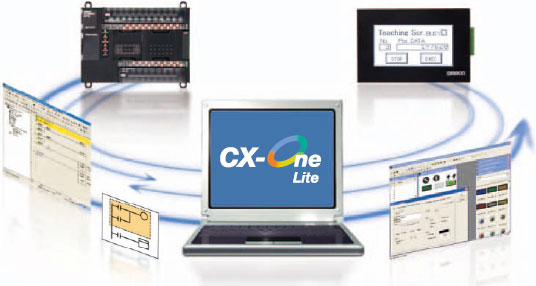. EXECUTIVE SUMMARY
-
CVSS v3 6.6
- ATTENTION: Low skill level to exploit
- Vendor: Omron
- Equipment: CX-One
- Vulnerabilities: Stack-based Buffer Overflow, Use After Free
2. RISK EVALUATION
Successful exploitation of these vulnerabilities could allow an attacker to execute code under the privileges of the application.
3. TECHNICAL DETAILS
3.1 AFFECTED PRODUCTS
CX-One Versions 4.42 and prior, including the following applications:
- CX-Programmer Versions 9.66 and prior, and
- CX-Server Versions 5.0.23 and prior.
3.2 VULNERABILITY OVERVIEW
3.2.1 STACK-BASED BUFFER OVERFLOW CWE-121
Two stack-based buffer overflow vulnerabilities have been discovered. When processing project files, the application allows input data to exceed the buffer. An attacker could use a specially crafted project file to overflow the buffer and execute code under the privileges of the application.
CVE-2018-18993 has been assigned to these vulnerabilities. A CVSS v3 base score of 6.6 has been calculated; the CVSS vector string is (AV:L/AC:L/PR:N/UI:R/S:U/C:L/I:L/A:H).
3.2.2 USE AFTER FREE CWE-416
When processing project files, the application fails to check if it is referencing freed memory. An attacker could use a specially crafted project file to exploit and execute code under the privileges of the application.
CVE-2018-18989 has been assigned to this vulnerability. A CVSS v3 base score of 5.8 has been calculated; the CVSS vector string is (AV:L/AC:H/PR:N/UI:R/S:U/C:L/I:L/A:H).
3.3 BACKGROUND
- CRITICAL INFRASTRUCTURE SECTOR: Critical Manufacturing
- COUNTRIES/AREAS DEPLOYED: Worldwide
- COMPANY HEADQUARTERS LOCATION: Japan
3.4 RESEARCHER
Esteban Ruiz (mr_me) of Source Incite, working with Trend Micro’s Zero Day Initiative, reported these vulnerabilities to NCCIC.
4. MITIGATIONS
Omron has released an updated version of CX-One to address the reported vulnerabilities. These releases are available through the CX-One auto-update service.
- CX-Programmer Versions 9.70, and
- Common Module including CX-Server Version 5.0.24
NCCIC recommends users take defensive measures to minimize the risk of exploitation of this vulnerability. Specifically, users should:
- Minimize network exposure for all control system devices and/or systems, and ensure that they are not accessible from the Internet.
- Locate control system networks and remote devices behind firewalls, and isolate them from the business network.
- When remote access is required, use secure methods, such as Virtual Private Networks (VPNs), recognizing that VPNs may have vulnerabilities and should be updated to the most current version available. Also recognize that VPN is only as secure as the connected devices.
NCCIC reminds organizations to perform proper impact analysis and risk assessment prior to deploying defensive measures.
NCCIC also provides a section for control systems security recommended practices on the ICS-CERT web page. Several recommended practices are available for reading and download, including Improving Industrial Control Systems Cybersecurity with Defense-in-Depth Strategies.
Additional mitigation guidance and recommended practices are publicly available on the ICS-CERT website in the Technical Information Paper, ICS-TIP-12-146-01B–Targeted Cyber Intrusion Detection and Mitigation Strategies.
Organizations observing any suspected malicious activity should follow their established internal procedures and report their findings to NCCIC for tracking and correlation against other incidents.
NCCIC also recommends that users take the following measures to protect themselves from social engineering attacks:
- Do not click web links or open unsolicited attachments in email messages.
- Refer to Recognizing and Avoiding Email Scams for more information on avoiding email scams.
- Refer to Avoiding Social Engineering and Phishing Attacks for more information on social engineering attacks.
No known public exploits specifically target these vulnerabilities. These vulnerabilities are not exploitable remotely.
Source:
https://ics-cert.us-cert.gov/advisories/ICSA-18-338-01
